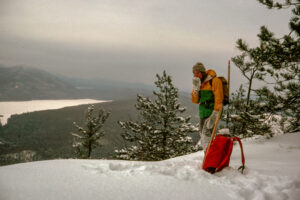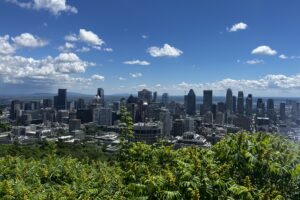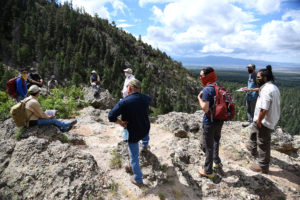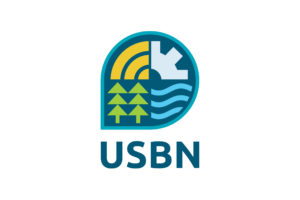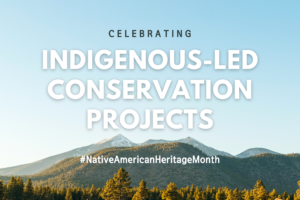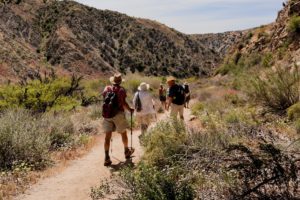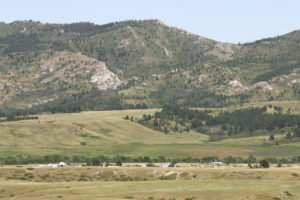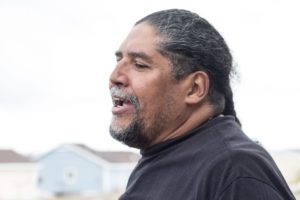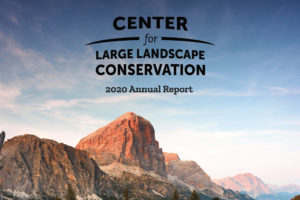Eco-anxiety: How to Recharge and Re-engage
Turn on the news. Peruse a national newspaper. Listen to a podcast. They broadcast a singular message: the world is on fire. Ecosystem collapse. Record droughts. Mass extinction. If it isn’t in your backyard yet or permeating your daily conversations, well the times they are a-changin’.
